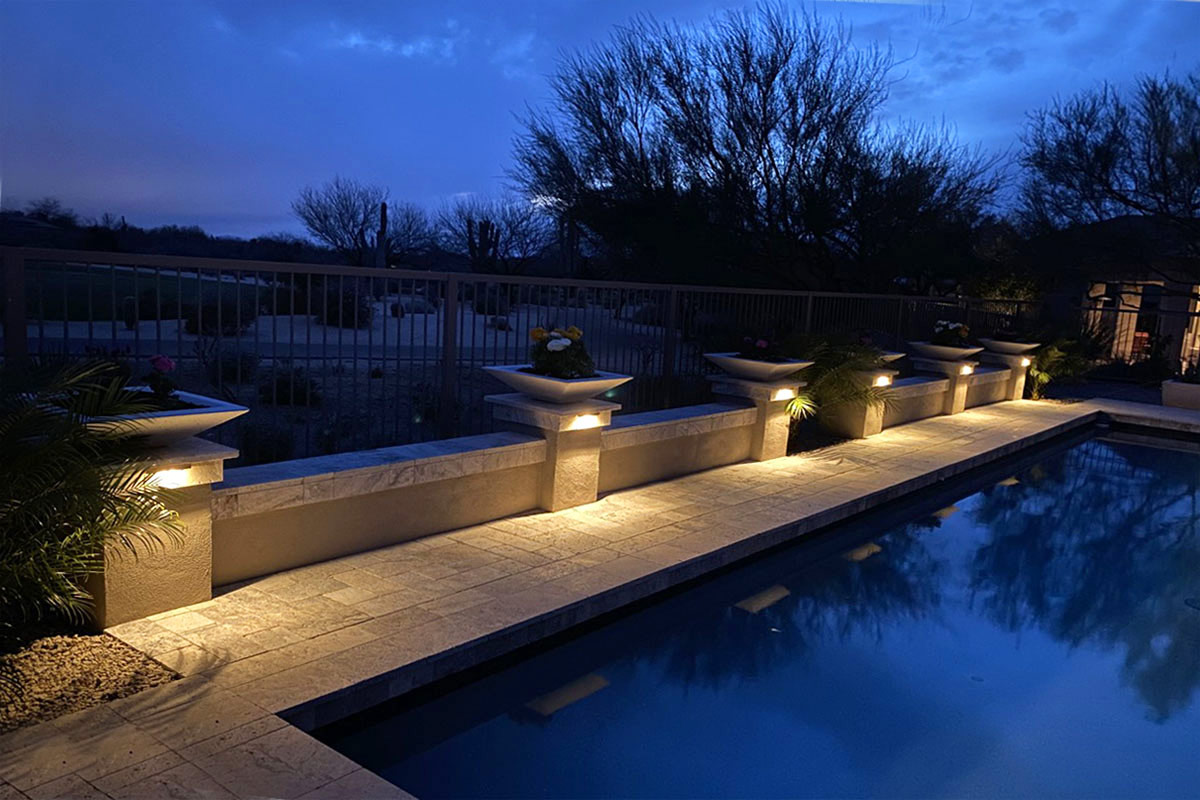Designing a industrial landscape entails careful planning, consideration of various factors, and adherence to particular goals and rules. A well-designed business panorama enhances the functionality, aesthetics, and general appeal of a commercial property. Here are the vital thing steps to design a commercial panorama:
Assessment and Analysis:
Site Analysis: Begin by conducting a radical web site evaluation. Evaluate the prevailing conditions, together with topography, soil high quality, drainage, and current vegetation. Consider any environmental or regulatory constraints that will influence the design.
Client Needs and Goals: Understand the precise wants and objectives of the client or property owner. This consists of concerns like branding, accessibility, maintenance necessities, and finances constraints.
User Considerations: Identify the first users of the area, whether they are prospects, staff, guests, or residents. Consider landscape lighting installer Nashville , preferences, and how the landscape will serve their necessities.
Concept Development:

Functional Layout: Develop a practical structure that defines the association of outside areas, pathways, parking areas, and different key elements. Ensure that https://open-isa.org/members/jacketnut8/activity/1086736/ with the meant use of the property.
More help and Style: Consider the specified aesthetic fashion and branding of the business property. Choose landscaping parts and design options that complement the general architectural design and branding identity.
Sustainability: Incorporate sustainable design principles, corresponding to water-efficient landscaping, native plant selection, and eco-friendly materials, to reduce back environmental impression and resource consumption.
Accessibility: Ensure that the panorama design complies with accessibility standards and laws, offering equal access to all users, together with these with disabilities.
Plant Selection and Hardscape Design:
Planting Design: Select appropriate plant species and varieties primarily based on native local weather, maintenance requirements, and aesthetic preferences. Consider elements like colour, texture, and seasonal curiosity.
Hardscape Elements: Design hardscape features corresponding to walkways, patios, seating areas, signage, lighting, and irrigation methods. Ensure that hardscape materials are sturdy and compatible with the design aesthetic.
Lighting Design: Develop a lighting plan that enhances security, safety, and aesthetics. Use a combination of ambient, task, and accent lighting to focus on key parts and pathways.
Stormwater Management:
Incorporate stormwater administration solutions similar to permeable pavements, rain gardens, bioswales, and detention basins to manage rainwater runoff effectively and reduce environmental impression.
Sustainability and Maintenance:
Select low-maintenance landscaping features and supplies to reduce ongoing repairs costs and scale back the need for frequent maintenance.
Develop a maintenance plan that outlines regular duties, schedules, and responsibilities for maintaining the landscape, together with pruning, watering, fertilizing, and pest control.
Cost Estimation and Budgeting:
Prepare a detailed price estimate for the complete landscaping project, including development, supplies, labor, and ongoing maintenance. Ensure that the price range aligns with the shopper's monetary constraints.
Regulatory Approvals:
Check local zoning codes, constructing regulations, and environmental ordinances to make sure compliance with legal necessities. Obtain any necessary permits or approvals before starting construction.
Construction and Installation:
Hire qualified contractors and oversee the construction process to guarantee that the design is applied correctly. Monitor high quality management and venture progress.
Post-Construction and Ongoing Maintenance:
After development, conduct a final inspection to verify that the panorama design has been executed in accordance with the plan.
Implement the upkeep plan to make sure the long-term health and appearance of the commercial panorama. Regularly consider the panorama's efficiency and handle any points promptly.
Feedback and Adjustments:
Gather suggestions from users, property house owners, and maintenance employees to determine areas for improvement. Make adjustments and enhancements as wanted to satisfy evolving wants and preferences.
Designing a industrial panorama is a multifaceted course of that requires experience in landscaping, structure, and challenge administration. Engaging with a professional panorama architect or designer may help ensure that the ultimate design aligns with the client's goals and meets all essential necessities..
